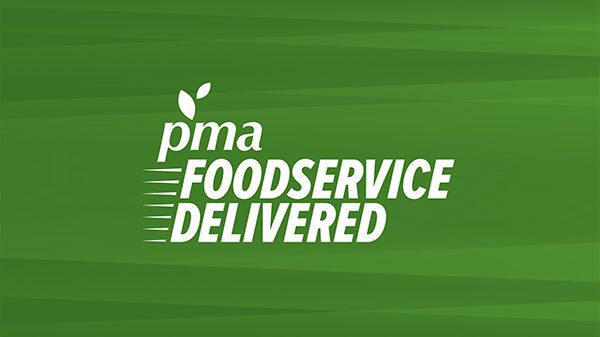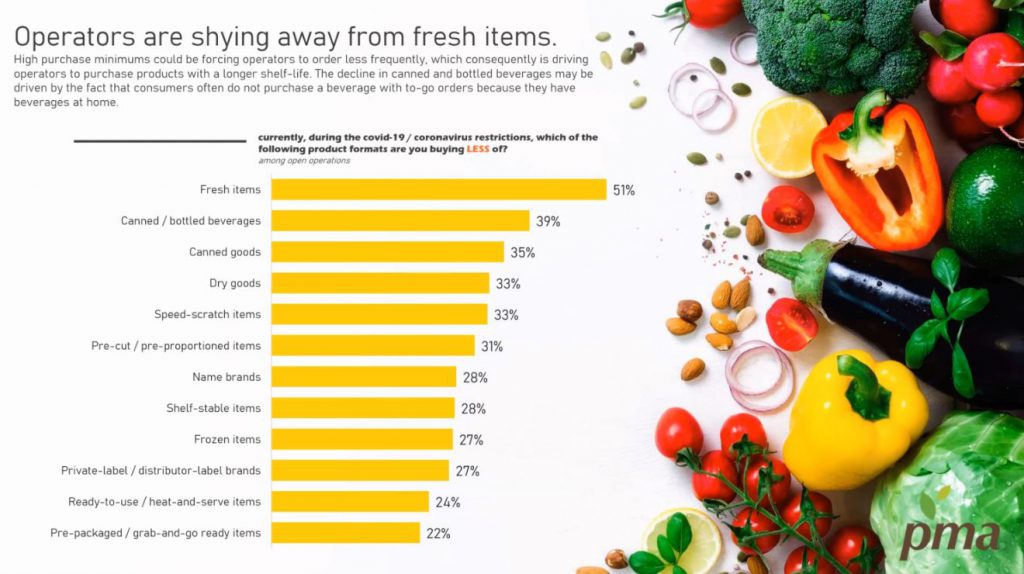Is your restaurant clean? Like, really clean?
Consumers put “clean and sanitary” as their top consideration in choosing a restaurant after the COVID-19 pandemic, ahead of great taste, value, and service, said Jack Li, president and Haiku master at Datassential during a session at the Produce Marketing Association’s Foodservice Delivered virtual conference on July 21.
“During the pandemic taste is no longer in the number one slot,” he said. “Instead, what’s in the top position is cleanliness and sanitation, which is really sort of amazing because this has never been that big of a consideration.”
The good news for produce, however, is that consumers are also looking for “Fresh,” which has “pretty much double the importance of pretty much anything else,” Li said.
“The question becomes what are all the different ways that we could deploy freshness, through new produce solutions and drive I think…much needed innovation in the category, to really push the whole industry forward.”
The new research presented by Datassential included not only consumer perceptions and preferences, but also foodservice operator surveys.
Operators are looking for ways to maximize their dollars and minimize risk in case of another abrupt shutdown. They don’t want to get caught holding too much inventory that will spoil, so some have switched to frozen and canned, or have pared back on variety.
Deliveries also have shifted from multiple times a week to maybe one or two times a week.
“This is not because they don’t want fresh products,” Li said. “It’s because the product could go bad. Now you’re getting deliveries every seven, eight, or 10 days even, shelf life becomes a much larger concern than it used to be.”
Foodservice operators surveyed also said they’re looking for suppliers to help take the work out of the kitchen.
“Thirty-eight percent say I need more convenience-focused products, things that take maybe a step or two out of the food preparation process,” Li said. “So that means maybe the produce is pre-cut.”
They also want versatility.
“We saw the exact same dynamic in 2008-2009, as we were getting out of an economic crisis, and a lot of operators pared down their menus and say ‘I’m going to buy fewer total products and have a smaller pantry and try to do more with each one of those products that I buy.”
Li says he expects this smaller pantry with more versatility to be important for the foreseeable future.




